What Is a Cosmetic Product Safety Report (CPSR)?
A CPSR is a legally required safety assessment under UK and EU cosmetic regulations (EC) No 1223/2009. It confirms that a cosmetic product is safe when used under normal or reasonably foreseeable conditions.
A CPSR is part of your Product Information File (PIF) and consists of two sections:
-
✅ Part A: Cosmetic Product Safety Information
-
✅ Part B: Cosmetic Product Safety Assessment
Part A — Cosmetic Product Safety Information
This section contains all technical and scientific data about the product, including:
-
Full formula with ingredient percentages
-
Physical and chemical characteristics
-
Stability data
-
Packaging compatibility
-
Impurities or trace substances
-
Exposure and usage data
-
Toxicological profiles for each ingredient
Part A provides the foundation proving the product is safe.
Part B — Cosmetic Product Safety Assessment
This is the official safety conclusion performed by a qualified safety assessor.
Part B includes:
-
Final safety evaluation and margin of safety
-
Required label warnings or instructions
-
Full reasoning based on toxicology and exposure
-
Assessor’s credentials and signature
Once approved, your product can move toward market placement.
Why You Need a CPSR in the UK & EU
You cannot legally sell a cosmetic product without a CPSR. This applies to:
-
Beard oils and balms
-
Skincare and haircare products
-
Makeup products
-
Bath products and soaps
-
Fragrances
The CPSR protects consumer health and ensures only safe, compliant cosmetics reach the market.
Why Consumers Should Care About CPSR
Choosing products with a valid cosmetic product safety report means:
-
Better protection for your skin and health
-
Ingredients approved under UK/EU safety standards
-
Confidence in product quality and transparency
Brands with CPSR-approved products show responsibility and professionalism.
How Long Does a CPSR Last?
A CPSR does not expire and remains valid unless:
-
The formula changes
-
Packaging changes
-
Regulations are updated
-
Ingredient safety rules change
Any modification requires a reassessment or CPSR update.
Key CPSR Benefits at a Glance
| Benefit | Who It Helps |
|---|---|
| Confirms safety & compliance | Authorities + Consumers |
| Reduces risk of fines & product recalls | Brands + Sellers |
| Ensures safe formulation | Product Developers |
| Builds customer trust | Everyone |
Summary: A Mandatory Step for Safe Cosmetics
A Cosmetic Product Safety Report is more than a regulation — it’s a safety guarantee. It ensures cosmetics are properly assessed and safe before reaching the market. Whether you're formulating beard products or skincare essentials, a CPSR gives both sellers and consumers confidence.
🔍 Need Safe Beard Care Products?
We take CPSR compliance seriously. All our beard oils and balms are fully assessed and approved for your safety.
👉 Explore our CPSR-approved Beard Products
🧠 Frequently Asked Questions About Cosmetic Product Safety Reports (CPSR)
1. Do I need a Cosmetic Product Safety Report to sell cosmetics in the UK or EU?
Yes — a Cosmetic Product Safety Report (CPSR) is a legal requirement under UK and EU cosmetic regulations. You cannot sell any cosmetic product — including beard oils, balms, soaps, or skincare — without one. The CPSR proves your product is safe for human use and compliant with Regulation (EC) No 1223/2009.
2. Who can create or sign off a CPSR?
Only a qualified safety assessor can prepare and sign a CPSR. This person typically holds a degree in toxicology, pharmacy, or a related science and must have expertise in cosmetic safety assessment.
3. How do I get a Cosmetic Product Safety Report?
To get a CPSR, you’ll need to submit your product’s full ingredient list, formulas, and relevant safety data to a professional assessor. They will review the formulation, packaging, and exposure risks before issuing your Cosmetic Product Safety Report. Many companies offer this service online for both UK and EU compliance.
4. How much does a CPSR cost?
Costs vary depending on product complexity and the number of variants (e.g. scents or colours). Basic single-product assessments can start around £99–£150, but multi-variant or advanced formulations may cost more.
5. How long does it take to get a CPSR?
A simple CPSR can often be completed in 3–10 working days, depending on the assessor’s workload and how complete your documentation is. More complex products may take longer.
6. Does a CPSR expire?
A Cosmetic Product Safety Report doesn’t expire — but it becomes invalid if you change the formula, packaging, or any ingredient concentration. You’ll need an updated assessment if any such changes are made or if new safety regulations are introduced.
7. Can I sell my cosmetics before I get a CPSR?
No. Selling a cosmetic product without a valid CPSR is illegal in both the UK and EU. It could result in product removal, fines, or trading restrictions.
8. Do handmade or natural products need a CPSR too?
Yes. Even if your products are handmade, vegan, or 100% natural, they still count as cosmetics under UK/EU law and must have a Cosmetic Product Safety Report before being sold.
9. What happens if I change my product’s fragrance or colour?
Changing scent or colour usually means your formula has changed — even slightly. In that case, you’ll likely need a new or modified CPSR covering those variations.
10. Where should I store my CPSR?
Your CPSR must be stored as part of your Product Information File (PIF). Keep it accessible and ready to present to authorities if requested.
⚖️ Final Thoughts
Whether you’re creating beard care products or skincare for the wider market, having a Cosmetic Product Safety Report isn’t just about compliance — it’s about integrity. It shows your brand values safety, transparency, and craftsmanship.

